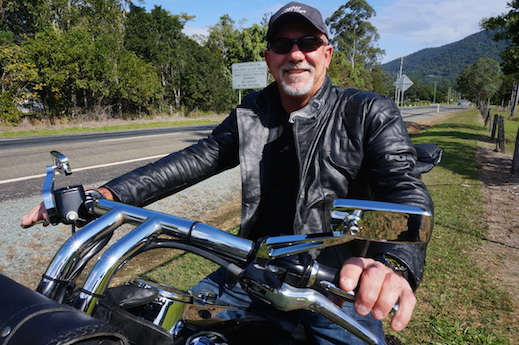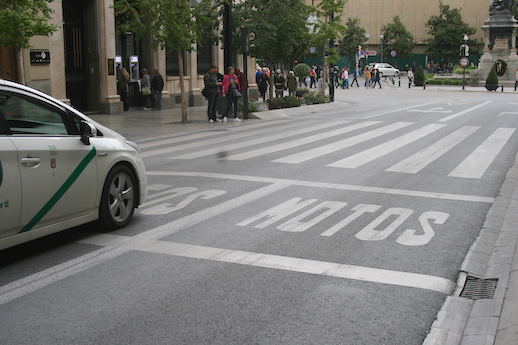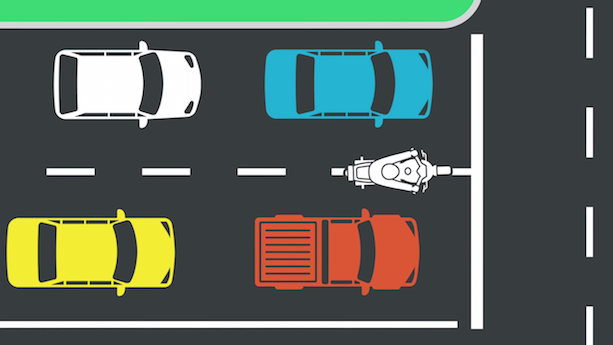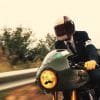Two years after lane filtering was introduced in Queensland by the previous government the current Minister still rejects amendments as more riders call for uniform national rules.
The Motorcycle Riders Association of Queensland has asked the Minister to change the Queensland-only filtering rule that prevents riders using the breakdown lane or left verge on some occasions. It’s referred to as “edge filtering” and it is only permitted in Queensland, although riders would like to see it introduced in the states.
It is only permitted on roads posted at 90km/h or above. However, when these arterial roads jam with traffic and it is becomes more important for riders to edge filter, electronic speed signs change to a lower speed making edge filtering illegal.
Queensland Police confirm that, in those situations, it is illegal and they have fined riders.
Fine and crash stats
We asked police and relevant departments in each state/territory (Queensland, NSW, Victoria and ACT) where lane filtering is allowed for figures on lane filtering crashes and fines for illegal filtering.
They say figures for crashes are not available because lane filtering is not recorded as an attribute.
We are still waiting on fine figures, but in the first year Queensland’s Main Roads reports 681 infringements issued for motorcycles unlawfully lane filtering. There was no breakdown on which offence they committed (edge filtering, forward of the stop line, faster than 30km/h, etc).
Before lane filtering, fines were about $150 for passing on the left or $75 for failure to stay in your lane. Now fines vary between states but are more than $300 and three demerit points.
Main Roads Minister Mark Bailey says they are pleased with the lane filtering road rules implemented by the previous government.
“Positive feedback has been received from motorbike riders and groups,” he says.
Riders seek amendments
However, MRAQ president Chris Mearns says they are not happy with the edge filtering rule anomaly.

“The current inclusion as written has always been a mystery to the MRAQ as to why and how it was arrived at and to date no-one has been able to satisfactorily explain why it is written as it is which did not seem to take account of the ever expanding role out of digitally alterable signage,” Chris says.
The Minister says that when the speed limit reduces on an electronic sign, “it is often because of a traffic incident or road works”.
“Road workers, emergency services personnel and/or other vehicle occupants may be vulnerable on the road shoulder or emergency stopping lane if edge filtering in these conditions was introduced,” he says.
“Even when the speed limit is reduced, motorcyclists are still able to lane filter down the middle.”
Forward stop lines



There have also been calls among riders for a forward stop line at intersections as used in many European and Asian cities.
It allows riders to gather safe.
However, the Minister also rejected that change to the rules.
“The design of intersections considers many safety factors to ensure the safety of road users,” he says.
“Bicycle storage areas have been installed at many intersections across the state and motorbike riders are permitted to filter through traffic and make use of these areas which are placed in front of existing stop lines.”
Uniform lane filtering rules
There have also been calls for uniform filtering rules across state boundaries so riders aren’t caught out by differences.
South Australian riders group, Ride to Review (RTR), has drafted a Lane Filtering Submission which includes the use of bus lanes. The submission is a solid model for all states.



